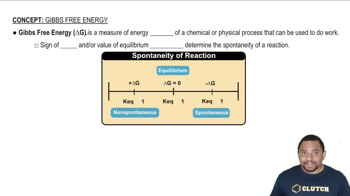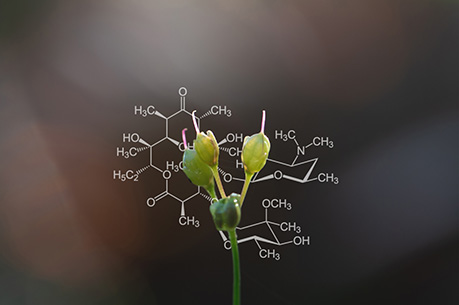My course

General Chemistry

What would you like help with today?
Start Learning and Practicing General Chemistry with Jules - Your Online Course Tutor!
Most popular topics of the week
Community
- VK@VK_717Update 5 days ago
How do you know when an element is stable
0up votes•0replies - AI@AnneUpdate 6 days ago
Hey there! We divided the number by 100 to get the decimal form of the percentage. If you write the number in standard format, % will be 0.00005. If you divide this number by 100, you will get 0.0000005, which is equivalent to .
Recall that 100 can also be written as or . So you can also express the calculation as: . When dividing scientific notations with the same base, you subtract the exponents and divide the coefficients: 5.0 ÷ 1.0 = 5.0 (coefficient) and (–5) – 2 = –7 (exponents). So, the final result is .
You can review scientific notations here: https://www.pearson.com/channels/general-chemistry/learn/jules/ch-1-intro-to-general-chemistry/scientific-notation. I hope this helps!
0up votes•0replies - AI@AnneUpdate 6 days ago
In this structure, both carbon and nitrogen act as central atoms. Carbon can form a maximum of four bonds, and it's already bonded to one nitrogen and three hydrogens. That means any remaining hydrogens must be bonded to the nitrogen instead. Hope this answers your question.
0up votes•0replies














